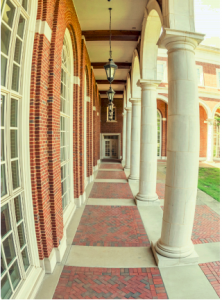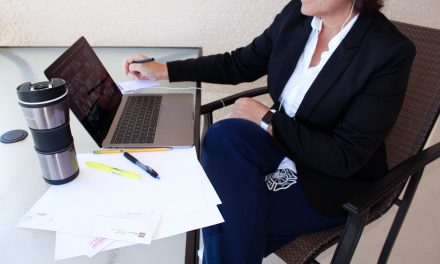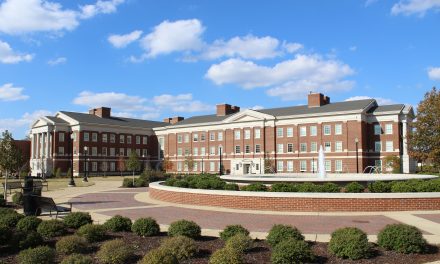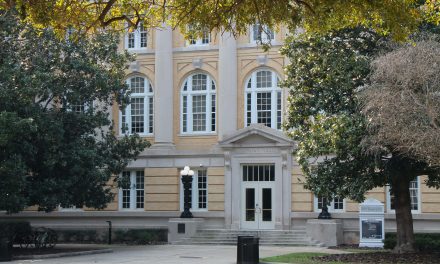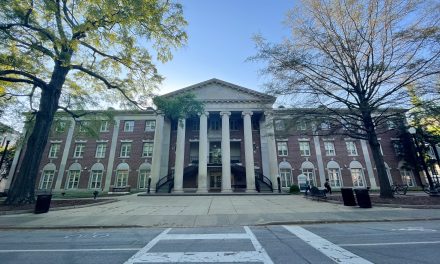Apart from its juggernaut football program and lively social scene, The University of Alabama has made itself known as one of the premier research institutions of the Southeast. With its newly awarded designation as an R1 Doctoral University, researchers on campus have been reflecting on the road traveled to arrive at this destination and are looking ahead at what new heights await them.
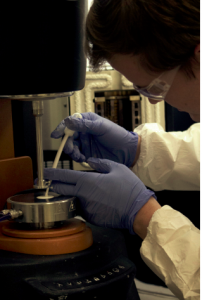
The honor was conferred to the university by the Carnegie Classification of Institutions of Higher Education, a framework based largely on the number of research-based doctoral degrees an institution grants each year. PhD-granting universities can be classified as R1, R2, or R3 with the R1 label describing a “highest research activity” institution.
Over the winter break, the Carnegie Classification announced that the Capstone had been moved up from its R2 designation to take the coveted title of an R1 University. In doing so, it joined the ranks of 130 other colleges and universities, among them Vanderbilt University, Dartmouth College, and the University of Chicago.
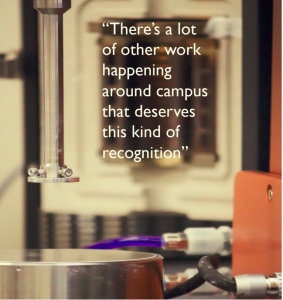
Dr. Andy Billings is a professor in the Department of Journalism and Creative Media. He is also the author of over 18 books on the intersection of sports media, consumer culture, and identity. He was pleased with the R1 designation, but noted that the hard work needed to arrive at that point did not occur overnight. The infrastructure needed to shift the university from R2 to R1 was the product of careful planning, clever investments, and the expansion of graduate degree programs.
“It helps to place us in the right category — not a new category, but the right category. We’ve really been functioning as an R1 for quite some time now,” said Billings.
He noted that during the years where UA put much of its attention towards expanding undergraduate recruitment, the number of graduate students remained relatively constant. Now with over 33,000 undergraduates, the focus gradually moved to include graduate students again. Graduate students, who are ultimately a large part of the designations given by the Carnegie Classification, form the cornerstone of the work done at any research university.
“It allows me to really focus on being a mentor to doctoral students. When they’re more likely to get a grant, they’re more likely to have better samples for their dissertation, for instance,” said Billings.
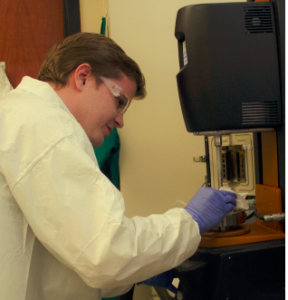

For Billings, who is part of the College of Communication and Information Sciences, the R1 title was a proper acknowledgement of the work that had already been put in place for several years around campus. Dr. Amanda Koh, a professor in the Department of Chemical and Biological Engineering, joined as a faculty member in the Fall 2018 semester, and she noted that Alabama’s unique blend of environment with valuable research was one of the driving forces behind her decision to join the faculty.
“People here seem happy, they don’t seem stressed out constantly, and yet they still strive,” said Koh.
Koh’s own research is on stretchable electronics, and with a graduate student and a handful of undergrads already under her tutelage, she felt a great deal of momentum carried along with the award.
“That label makes us slightly more attractive, especially in recruitment and in finding research collaborators. It lets them know Alabama is really putting the pedal to the metal,” Koh noted.
While the designation makes the greatest difference in the lives of professors and graduates students, it should be noted that this trickle-down honor can also impact the lives of undergraduate researchers, especially those with their eyes on a future in graduate work. Dani Noll, a junior in the Honors College majoring in Chemical Engineering, said the designation was a way to draw more attention to UA’s research on the national scale.
“I’m from Kentucky, and the first thing we think about Alabama is the football,” Noll said. “The football is great, but there’s a lot of other work happening around campus that deserves this kind of recognition.”
Noll has not yet had the chance to present her own research in polymers, but she believes if given the chance to attend a national conference that her project would be bolstered by her association with an R1 institution.
Though the title carries with it no monetary award, The University of Alabama, now an R1 Doctoral University, is constantly demonstrating its commitment to self-improvement and innovation, and it is the great work of undergraduates, graduate students, and faculty members that pushes this institution into a greater conversation.

